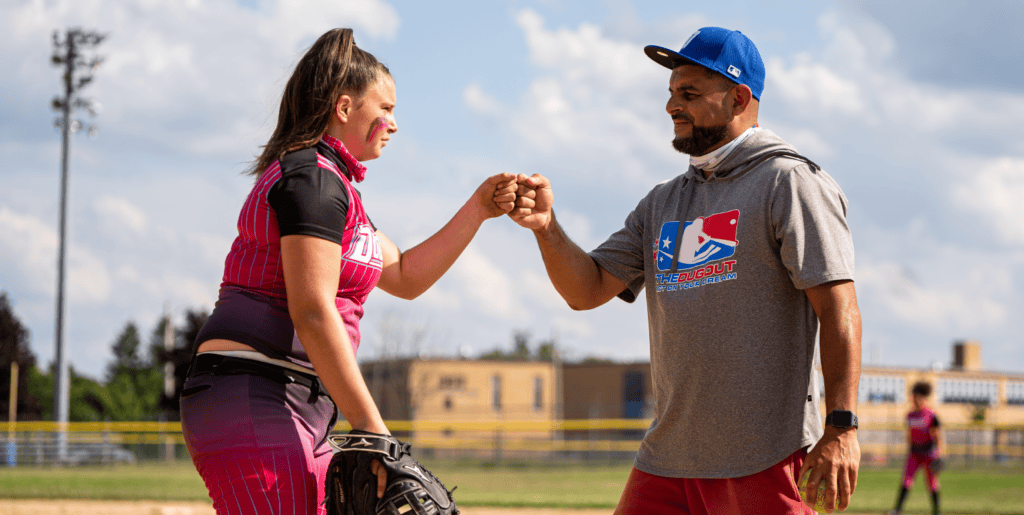PCA Resource zone
Maintaining a Positive Sports Culture

The majority of our experiences as fans at youth sports events are favorable and enjoyable. However, we too often witness negative behavior by adults in the youth sports arena; conduct on the part of fellow fans, parents/caregivers, and coaches that taint our experience and threaten a positive youth sports experience for our athletes.
What can we do as parents/caregivers, coaches, or program administrators, to maintain a positive culture in youth sports, one that creates an environment where young athletes can experience all of the benefits that sports has to offer? To start, there are two important steps:
1. Be Proactive – Recognize that a positive culture doesn’t just happen. Stakeholders, especially in leadership positions, must collectively decide what type of environment is most suitable to meet the over-riding goals of the, league, program and community. Ask and thoroughly answer the question, “What do we want our program to stand for?”
2. Spread the Word – Once the elements of the desired culture have been determined, it is imperative that it be communicated clearly to all members of the community. This communication should take many forms; mission statements, training programs offered for coaches and parents/caregivers, codes of conduct, buttons, banners, flyers, etc. Because culture is often intangible, it’s important to have, and to widely distribute cultural artifacts as proof of its existence.
Once these steps have been taken to establish a positive environment, use the follow tips to help address instances of negative conduct:
1. Recognize the Need for Action – The integrity of a positive culture is far too important to let a few individuals put it in jeopardy. Though very few of us enjoy confrontation, we must prepare ourselves to take appropriate, non-confrontational action when necessary.
2. Recruit Allies – Most often, we are not alone when we feel bothered or offended by conduct around us. Communicate with other fans, league administrators, and team parents/caregivers to build a consensus that something needs to be done. Collectively, a clear message can be sent regarding appropriate behavior.
3. Rely on Stated Consequences – To be useful and effective, codes of conduct must clearly and explicitly state the consequences that will follow unacceptable behavior. In addition, there must be a pre-determined process through which all reported incidents will be handled. Enforcement is a critical component of any meaningful code of conduct.
4. Prepare in Advance – It’s much easier for us to respond to a situation if we’ve prepared for it. We should think, ahead of time, how we might intervene if the need arises. Play out hypothetical scenarios in your head, reflect on effective interventions that you’ve witnessed, and think about past instances and how you might have handled them differently.







